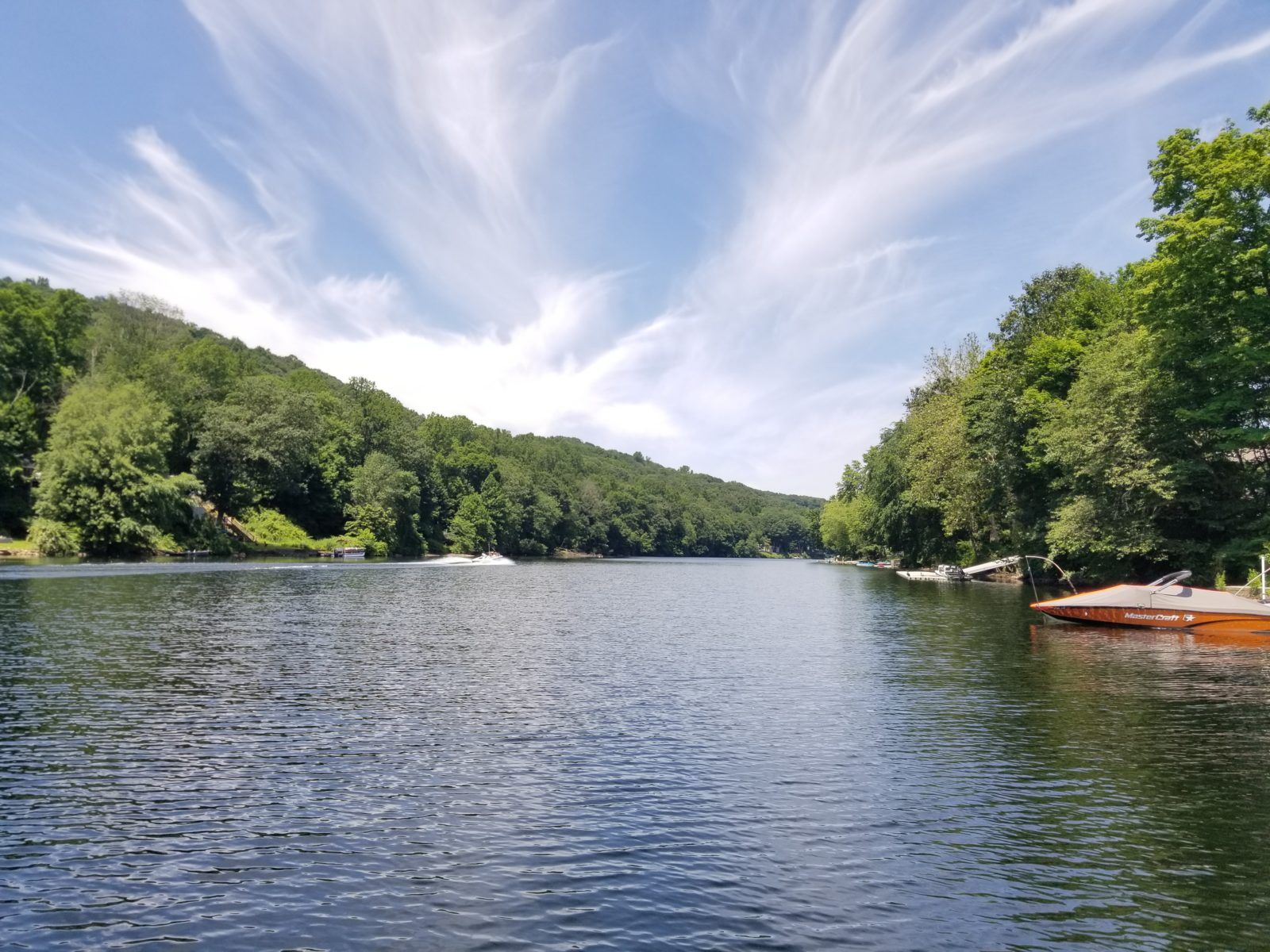Written by Greg Blackham, Aquatic Specialist
For those of you struggling with phragmites and invasive species control, you know how frustrating eradication goals can be. Traditionally, the main focus of a phragmites management program is herbicide treatment in the fall. During the fall the plants take up more herbicide than at any other time of the year because of the translocation process, when the plants are sending all their sugars and nutrients to their rhizomes for the winter. While this is still the best time for treatments in any serious eradication program, I have noticed even better results with a multi-faceted approach.

At several communities in Delaware with shoreline phragmites stretches, we have taken an aggressive stance with phragmites suppression and eradication measures. We began with a complete mowing of the previous year’s plants in the spring with equipment specialized for mowing in a marshy/tidal environment. Then, in early June, as the plants got to about waist high, we conducted an herbicide suppression treatment. Because the phragmites had been mowed, we were able to get an excellent blanket of coverage over the plants. We knew that this treatment would not completely kill the plants since the rhizomes themselves would not uptake enough herbicide for complete control, but what we did accomplish, however, was suppressing the plants from further growth in the season.
By the fall, the plants were still waist to chest tall and did not have a chance to produce any seed heads. At this time, we were able to perform another herbicide application and uniform coverage of all the target plants. When assessing the plants this year, I have seen dramatic results indicating more success than I had thought possible. Not only did the process lead to a more aesthetically pleasing result without a 12 foot wall of phragmites blocking all views throughout the year, but the plants never produced seeds. This will help combat the self-perpetuating nightmare that is phragmites. When I have a serious discussion with people about reasonable eradication goals, I usually err towards 5 years or longer, but I am now more optimistic that this timeframe could be cut in half!
Take a look at the picture from a community in Delaware. In the illustration you can see how well this approach has worked. Happy phragmites hunting!
Learn more about author, Greg Blackham, Aquatic Specialist based out of the Delaware SOLitude Lake Management office, and the rest of the SOLitude team.
Contact the experts at 888-480-5253 for all of your lake, pond and fisheries management needs.
Since 1998, SOLitude Lake Management has been committed to providing full service lake and pond management services that improve water quality, preserve natural resources, and reduce our environmental footprint. Services are available throughout the Eastern United States. Fisheries management consulting and aquatic products are available nationwide. Learn more about SOLitude Lake Management and purchase products at www.solitudelakemanagement.com.










